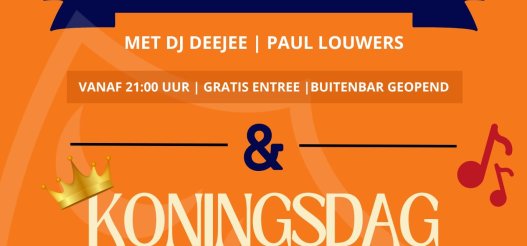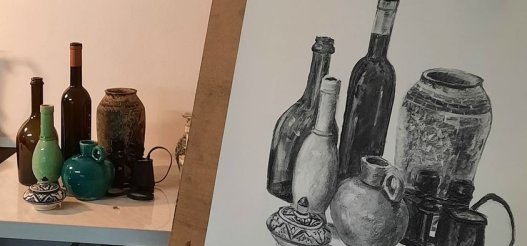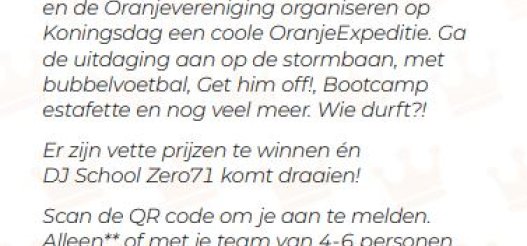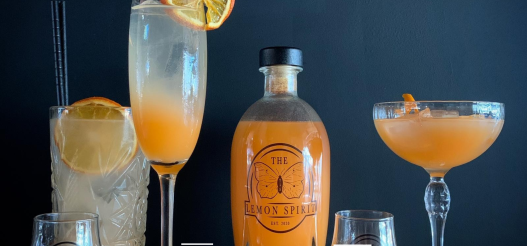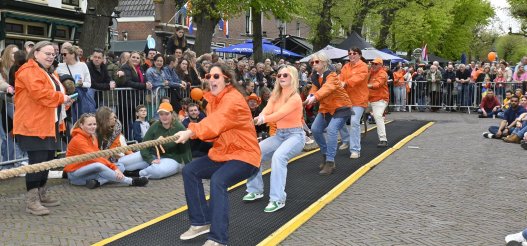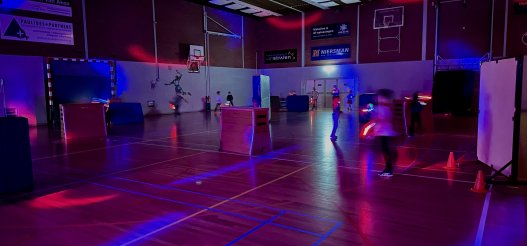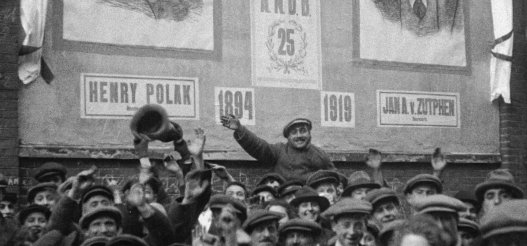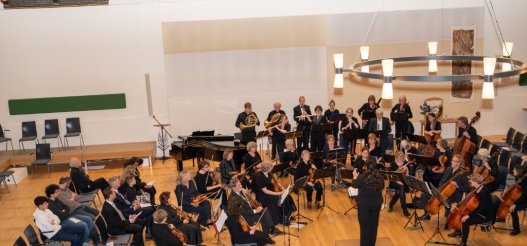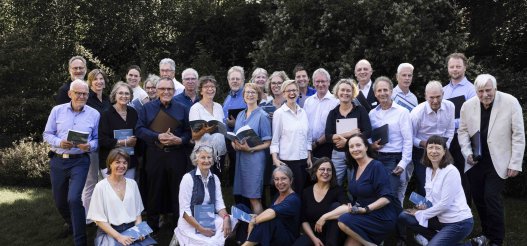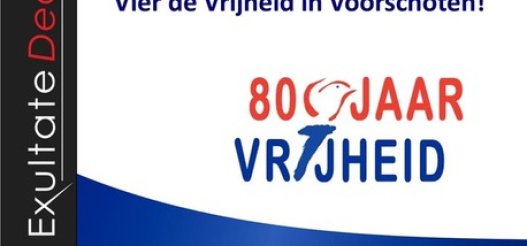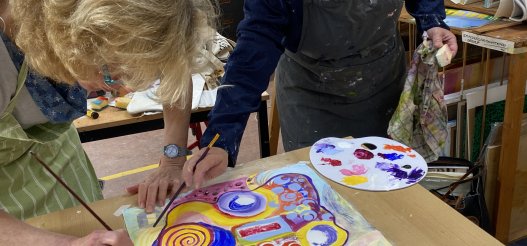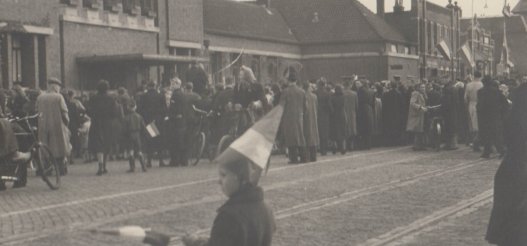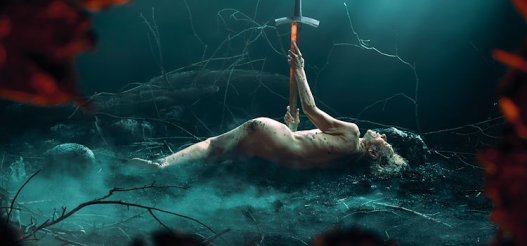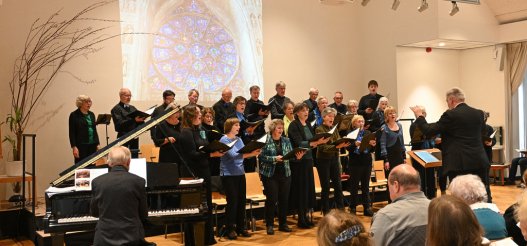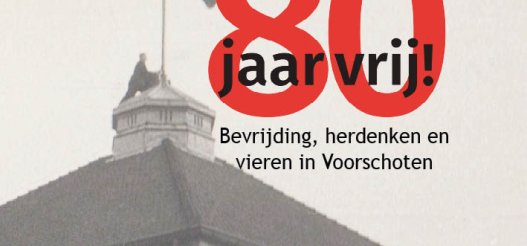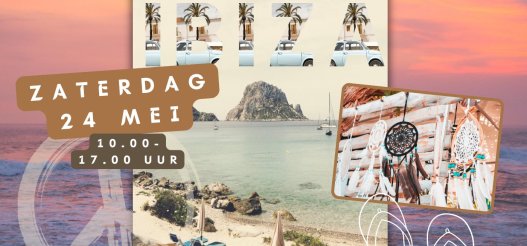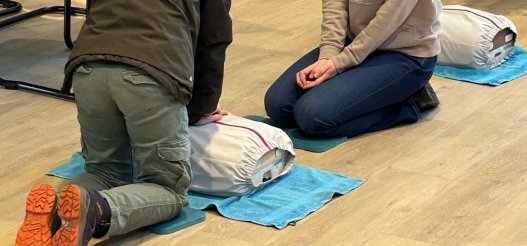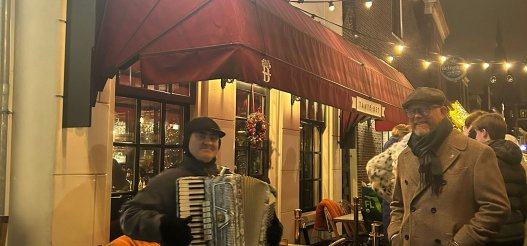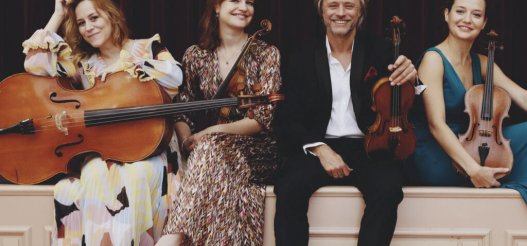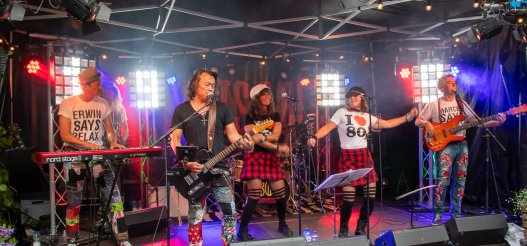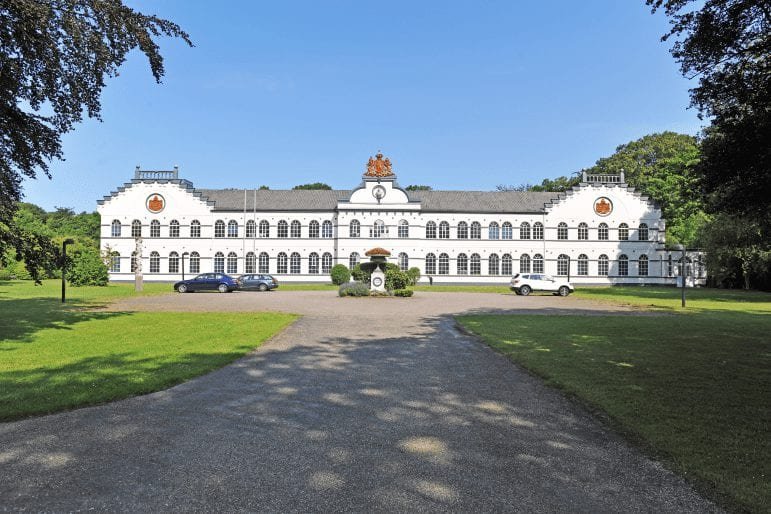
Historic buildings and country estates in Voorschoten
The geography of Voorschoten.
Voorschoten was founded on an old natural sandbank. Its elongated shape led to ribbon development, typical of the Middle Ages: lines of houses along a main road.
We still see this clearly in the Voorstraat, which used to be a market. The street was broad and purpose-built for the market. The market was the place to buy and sell horses and poultry as well as commodities like salt and medicinal herbs. In 1282, Floris V, Count of Holland, issued a license for a market in Voorschoten. Voorschoten boasts approx. 250 stunning monuments. They include buildings from different times and in all styles. The century-old Voorstraat with its Dutch gables, its age-old trees, gas lanterns and ancient village pump, is a jewel.
Voorschoten nestles among the grasslands of the polders, dunes, woods, rural and town parks, intersected by numerous natural waterways and lakes. All within walking or biking distance.
Country estates around Voorschoten
Along the Leidseweg – the main road leading through Voorschoten – are the former country estates Ter Wadding, Berbice and Berensteijn, as well as De Zilverfabriek Van Kempen en Begeer, a former silver factory. Continuing on that road to the south of Voorschoten, along the Veurseweg, lies the Duivenvoorde Castle and Estate.
